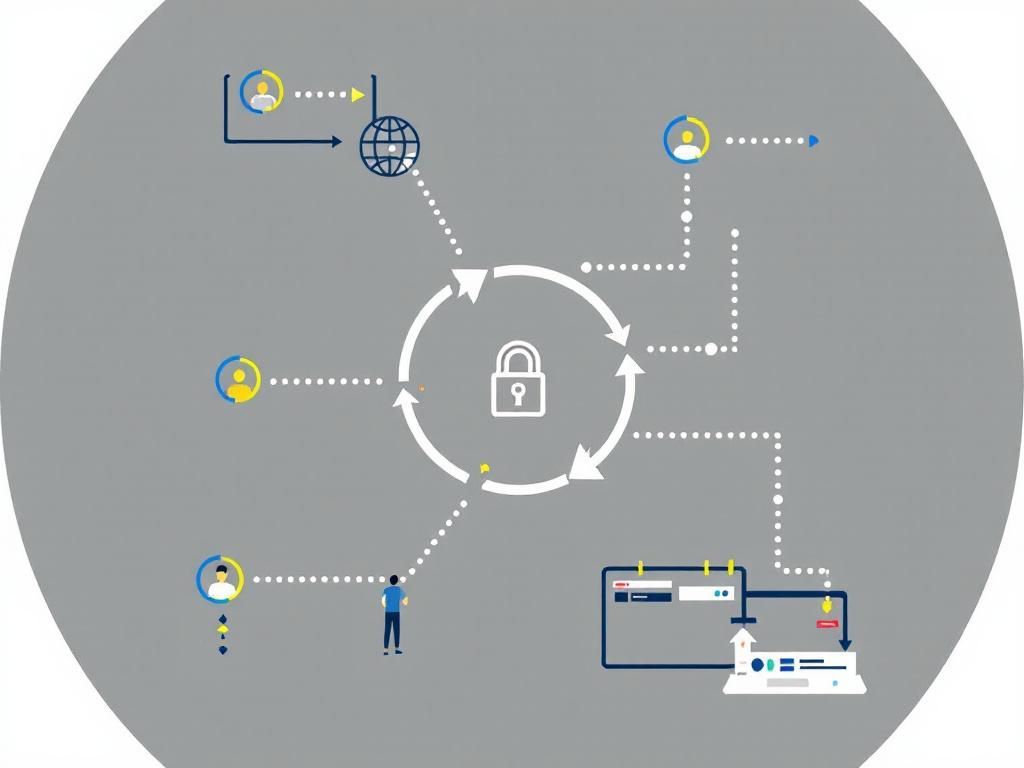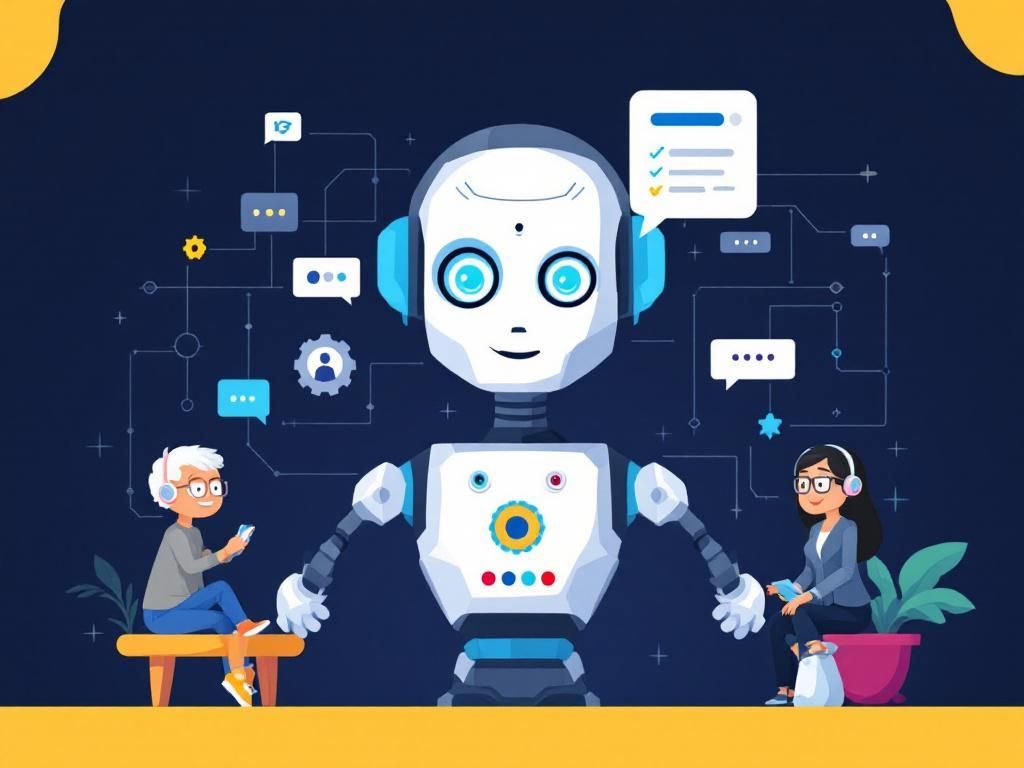In today’s fast-paced digital landscape, organizations are increasingly reliant on IT operations to ensure smooth business functionality. As the complexity of IT environments grows, so does the challenge of monitoring and managing these systems efficiently. Enter Artificial Intelligence (AI), a game-changer that not only automates mundane tasks but also enhances decision-making processes and problem-solving capabilities. This article explores the transformative impact of AI monitoring tools in IT operations, outlining their benefits, functionalities, and implementation strategies.
The Rise of AI in IT Operations
AI technology has evolved significantly over the past few years, enabling businesses to streamline operations, reduce costs, and improve service delivery. With the integration of AI in IT monitoring, organizations can:
- Predict potential issues before they escalate.
- Automate routine tasks to free up IT personnel for more strategic initiatives.
- Analyze vast amounts of data quickly and accurately.
- Provide real-time insights and alerts for better responsiveness.
Core Functions of AI Monitoring Tools
1. Predictive Analytics
One of the most valuable features of AI in IT operations is predictive analytics. This function uses historical data, machine learning algorithms, and statistical techniques to identify patterns and predict future outcomes. For instance:
| Predictive Function | Example |
|---|---|
| Incident Prediction | Forecasting potential system failures |
| Capacity Planning | Estimating resource needs for upcoming projects |
2. Anomaly Detection
AI-powered monitoring tools can detect anomalies within IT systems with unprecedented accuracy. By establishing a baseline of normal performance metrics, these tools can identify deviations that may indicate underlying issues. This can be particularly useful in:
- Network security for spotting potential breaches.
- Performance monitoring to ensure optimal functioning.
- Resource utilization to prevent over or under-utilization.
3. Automated Incident Response
Manual incident response can be time-consuming and error-prone. AI monitoring tools can automate response actions based on pre-defined rules, effectively reducing downtime and improving service levels. Common automated tasks include:
- Restarting failed services.
- Scaling resources based on demand.
- Notifying relevant teams about critical issues.
Implementing AI Monitoring in Your IT Operations
Transitioning to AI monitoring isn’t a one-size-fits-all approach. Organizations should consider the following steps for successful implementation:
Step 1: Assess Current Infrastructure
Before integrating AI tools, it’s essential to evaluate your existing IT architecture, processes, and tools. Consider factors such as:
- Current monitoring solutions in place.
- Data sources available for analysis.
- Team skill levels and readiness for AI solutions.
Step 2: Define Goals and KPIs
Clearly define the objectives you aim to achieve with AI monitoring. Set measurable Key Performance Indicators (KPIs) such as:
- Reduction in incident response time.
- Decrease in system downtime.
- Improvement in user satisfaction ratings.
Step 3: Choose the Right AI Tool
Selecting the appropriate AI monitoring tool is critical. Considerations should include:
- Scalability to fit organizational growth.
- Compatibility with existing systems.
- User-friendliness for the IT team.
Step 4: Start Small and Iterate
Begin with pilot projects to test the chosen AI monitoring tool in a controlled environment. This allows for:
- Immediate feedback and adjustments.
- Gradual integration into broader operations.
- Identification of unforeseen challenges.
Challenges in AI Monitoring Implementation
While the benefits of AI monitoring are substantial, several challenges may arise during implementation. These can include:
1. Data Quality and Quantity
AI systems rely heavily on data for learning and accuracy. Inadequate or poor-quality data can hinder performance and lead to inaccurate predictions.
2. Integration Complexity
Integrating AI monitoring tools into existing workflows and systems can be complex and time-consuming, often requiring significant resources and expertise.
3. Skill Gap
A lack of skilled personnel to manage and interpret AI systems can lead to underutilization of the technology and its benefits.
Conclusion
AI monitoring tools are redefining IT operations by delivering enhanced efficiency, predictive capabilities, and automated solutions. As organizations navigate the complexity of modern digital landscapes, leveraging AI technologies becomes increasingly crucial. By understanding the core functions, implementation strategies, and potential challenges, IT leaders can harness the full power of AI to improve operational efficiency and drive business success. The future of IT operations is not just about maintaining systems; it’s about empowering them with intelligence.
FAQ
What is AI monitoring for IT operations?
AI monitoring for IT operations refers to the use of artificial intelligence technologies to analyze and manage IT systems, ensuring optimal performance and quick issue resolution.
How can AI monitoring improve IT efficiency?
AI monitoring enhances IT efficiency by automating routine tasks, predicting potential failures, and providing actionable insights, which helps IT teams focus on strategic initiatives.
What are the benefits of using AI in IT operations?
The benefits of using AI in IT operations include reduced downtime, improved resource allocation, enhanced security, and real-time performance monitoring.
Can AI monitoring tools integrate with existing IT systems?
Yes, most AI monitoring tools are designed to integrate seamlessly with existing IT infrastructure, enabling organizations to leverage their current systems while enhancing capabilities.
What should I look for in an AI monitoring solution?
When choosing an AI monitoring solution, consider features like scalability, ease of use, predictive analytics, integration capabilities, and customer support.




